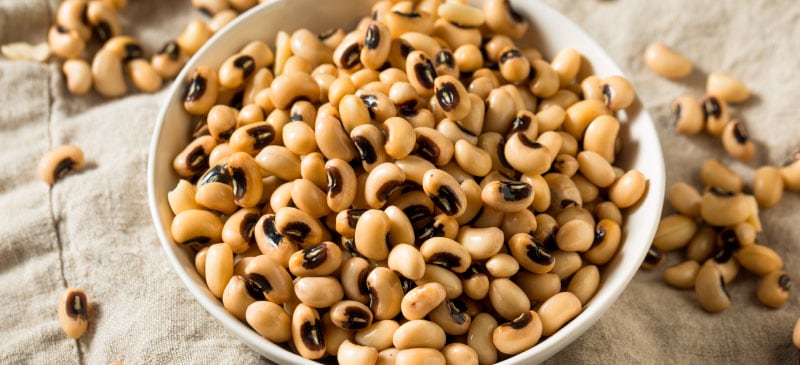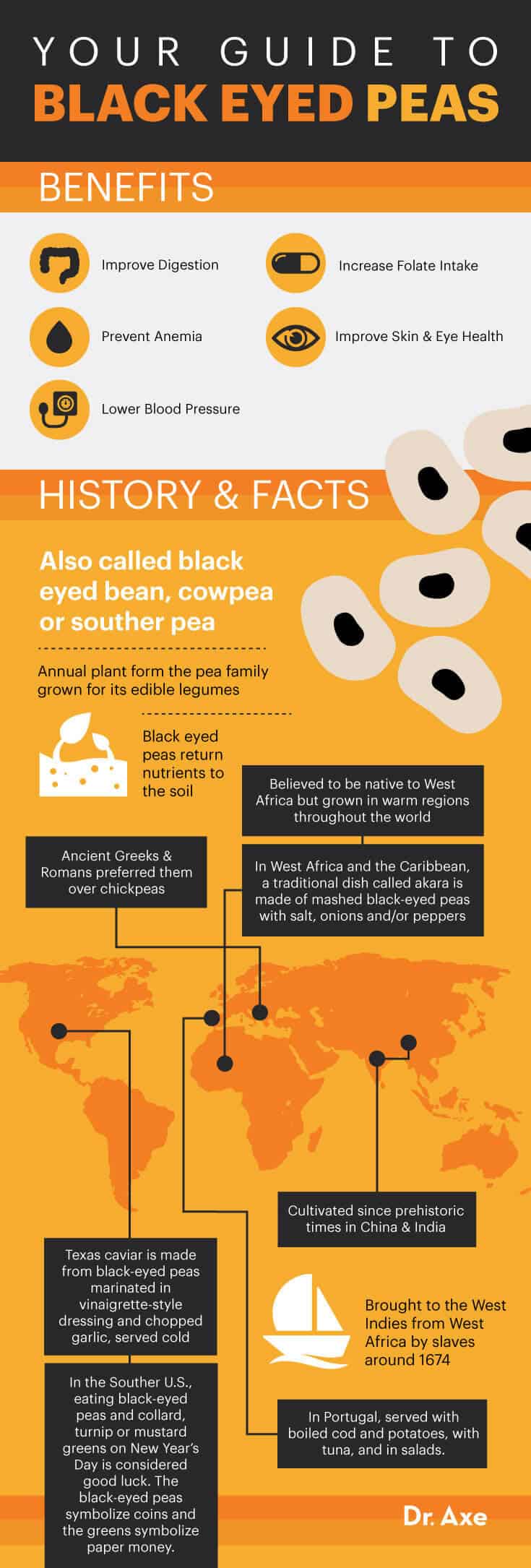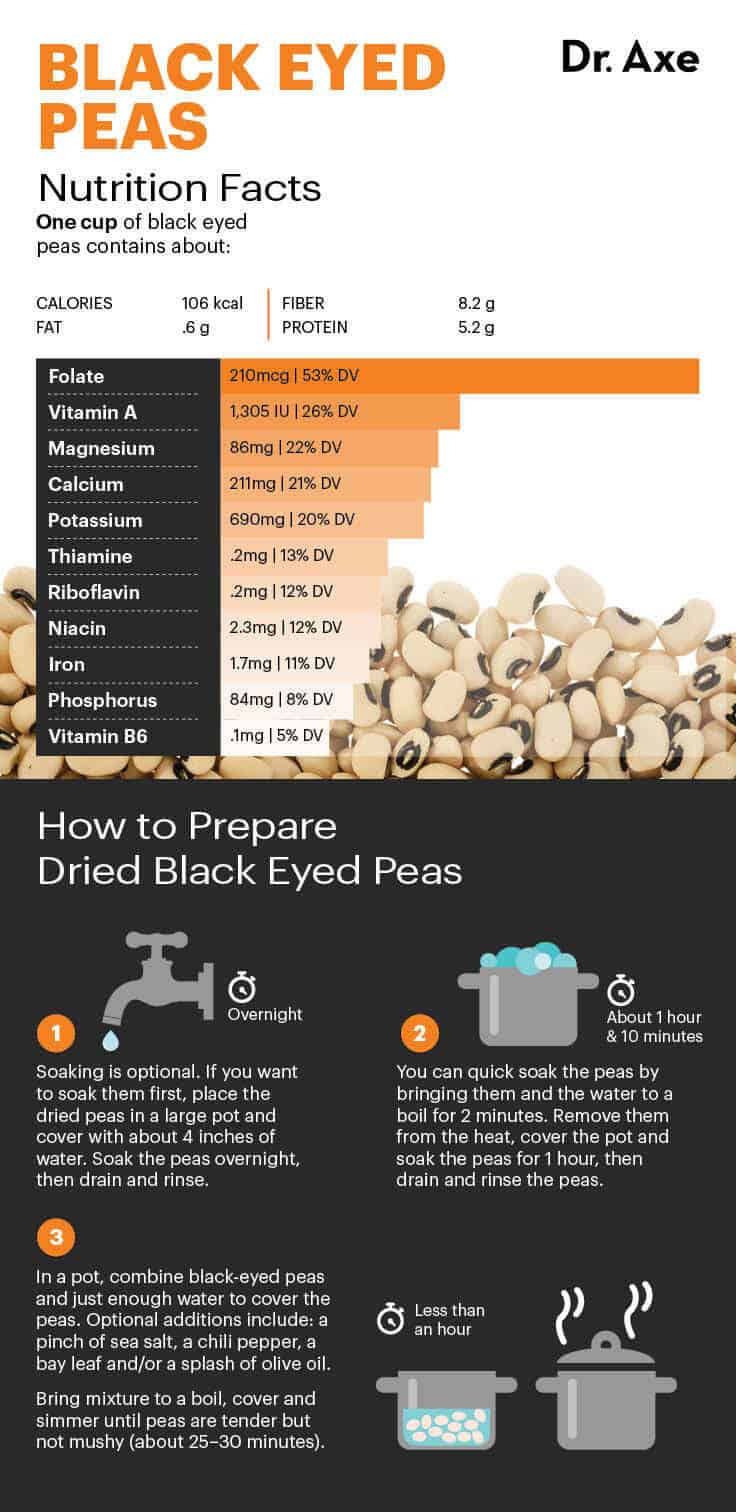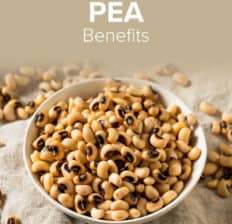This Dr. Axe content is medically reviewed or fact checked to ensure factually accurate information.
With strict editorial sourcing guidelines, we only link to academic research institutions, reputable media sites and, when research is available, medically peer-reviewed studies. Note that the numbers in parentheses (1, 2, etc.) are clickable links to these studies.
The information in our articles is NOT intended to replace a one-on-one relationship with a qualified health care professional and is not intended as medical advice.
This article is based on scientific evidence, written by experts and fact checked by our trained editorial staff. Note that the numbers in parentheses (1, 2, etc.) are clickable links to medically peer-reviewed studies.
Our team includes licensed nutritionists and dietitians, certified health education specialists, as well as certified strength and conditioning specialists, personal trainers and corrective exercise specialists. Our team aims to be not only thorough with its research, but also objective and unbiased.
The information in our articles is NOT intended to replace a one-on-one relationship with a qualified health care professional and is not intended as medical advice.
5 Black-Eyed Pea Benefits, Including Relieving Constipation
June 19, 2023

If you Google “black-eyed peas,” you’re sure to find a lot of results of the famous American hip-hop band. Black-eyed peas, the edible beans, might not make you dance, but this article should get you excited about the benefits of these tasty little legumes.
Why? Because black-eyed pea benefits are pretty amazing.
To many they’re not only hearty and healthy, but they’re also lucky. That’s right — some cultures consider black-eyed pea consumption a sure way to start off a prosperous and luck-filled new year. That because these anti-inflammatory foods are that good for you!
What Are Black-Eyed Peas?
The black-eyed pea (Vigna unguiculata), also called black-eyed bean, cowpea or southern pea, is an annual plant from the pea family (Fabaceae) and is grown for its edible legumes. Black-eyed pea plants are believed to be native to West Africa but are widely grown in warm regions around the world.
Black-eyed peas get their name from their appearance. They’re cream-colored with a little black spec that resembles an eye. Although their name would make you think they’re a type of pea, black-eyed peas are actually beans.
Here are some other stats and facts about black-eyed peas:
- Cultivated since prehistoric times in China and India, black-eyed peas are related to the mung bean.
- The ancient Greeks and Romans are said to have preferred them over chickpeas.
- Records show they were brought to the West Indies from West Africa by slaves around 1674.
- In the Southern U.S., eating black-eyed peas and collard, turnip or mustard greens on New Year’s Day is considered good luck. The black-eyed peas symbolize coins, and the greens symbolize paper money.
- They’re a key ingredient in the classic soul food recipe known as Hoppin’ John, which is mainly black-eyed peas, rice and smoked pork.
- In Portugal, black-eyed peas are served with boiled cod and potatoes, with tuna, and in salads.
- Texas caviar is made from black-eyed peas marinated in vinaigrette-style dressing and chopped garlic, served cold.
- In West Africa and the Caribbean, a traditional dish called akara is made of mashed black-eyed peas with salt, onions and/or peppers. The combination then gets fried to create the final product.
- Farmers love black-eyed peas because they return nutrients, particularly nitrogen, to the soil.
Nutrition Facts
Black-eyed peas have a lot to brag about when it comes to nutrition. Just one cup of cooked black-eyed peas contains about:
- 160 calories
- 36 grams carbohydrates
- 5.2 grams protein
- 0.6 gram fat
- 8.2 grams fiber
- 210 micrograms folate (52.5 percent DV)
- 1,305 international units vitamin A (26 percent DV)
- 86 milligrams magnesium (22 percent DV)
- 211 milligrams calcium (21 percent DV)
- 690 milligrams potassium (19.7 percent DV)
- 0.2 milligram thiamine (13.3 percent DV)
- 0.2 milligram riboflavin (11.8 percent DV)
- 2.3 milligram niacin (11.5 percent DV)
- 1.7 milligrams zinc (11.3 percent DV)
- 1.9 milligrams iron (10.6 percent DV)
- 84 milligrams phosphorus (8.4 percent DV)
- 0.1 milligrams vitamin B6 (5 percent DV)
Black-Eyed Peas vs. Navy Beans
You may be wondering how black-eyed pea benefits and nutrition stack up to other beans. Here’s a comparison with navy beans:
- Black-eyed peas and navy beans are both rich in fiber, making them great at preventing constipation and encouraging a healthy digestive system.
- Both have dietary fiber that can keep you fuller longer and help you maintain normal blood sugar levels.
- Both are high in potassium, which is excellent for keeping blood pressure at a healthy level and improving heart health.
- Both are excellent sources of folate as well as iron, which make them great at preventing anemia.
- Navy beans have no vitamin A in them whatsoever, while black-eyed peas have 1,305 international units of vitamin A in one cup.
- The large amount of vitamin A in black-eyed peas can help skin and eye health, but navy beans do not offer these benefits.
- Navy beans contain significantly more calcium than black-eyed peas. Calcium is essential for the development and maintenance of strong bones and teeth and helps the heart, nerves, muscles and other body systems work properly. It is probably best known for helping prevent osteoporosis.
- Black-eyed peas cook quickly, from 30 to 60 minutes, while navy beans take 1.5 to two hours.
Related: Pea Protein: The Non-Dairy Muscle Builder (that Also Boosts Heart Health)
Health Benefits
1. Can Improve Digestion
One of the biggest black-eyed pea benefits is the high level of dietary fiber, which helps promote regular bowel movements and improve the health of the entire body, especially the digestive system. The large amount of fiber contained within black-eyed peas absorbs water in the digestive tract, swells up and carries waste products out of the body.
Thanks to being a high-fiber food, black-eyed pea consumption can help prevent constipation, which is always a good thing.
In addition, black-eyed peas and other beans are often associated with excessive flatulence, but research debunks this commonly believed myth. Research conducted by Arizona State University’s School of Nutrition and Health Promotion and the University of Colorado Springs’ Department of Health Sciences examined the perception of excessive gas from bean consumptions among adults in three separate feeding studies. Participants consumed a half cup of beans daily for either eight weeks or 12 weeks.
The findings, published in Nutrition Journal, were surprising. Only 19 percent of participants who consumed black-eyed peas saw an increase in flatulence, while less than half reported increased gas from eating pinto or baked beans.
In addition, only 3 percent to 11 percent reported increased flatulence across all the studies. Ultimately, researchers concluded: “People’s concerns about excessive flatulence from eating beans may be exaggerated.”
2. Help Prevent Anemia
Getting adequate iron in your diet prevents anemia, which can cause fatigue and weakness. Anemia occurs when your blood has a lower than normal number of red blood cells or if your red blood cells don’t have enough hemoglobin. Hemoglobin is an iron-rich protein that gives your blood its red color and helps those cells bring oxygen from your lungs to the rest of your body.
Aside from being high in iron, black-eyed pea benefits also include being high in folate, a B vitamin needed to make normal red blood cells. This is important to note since low levels of folate can cause anemia.
3. May Lower Blood Pressure
Black-eyed peas are rich in potassium, a mineral that helps keep your blood pressure levels at healthy numbers and lowers your risk of heart disease. Some studies have linked low potassium in the diet with high blood pressure.
It’s also been shown that heart attack patients who have moderate potassium levels (between 3.5 and 4.5 mEq/L) have a lower risk of death.
One cup of black-eyed peas offers you just about 20 percent of your daily potassium needs.
In addition to lowering blood pressure, black-eyed pea benefits also include staving off coronary heart disease, truly making this bean a heart-healthy food.
4. Increase Folate Intake
Black-eyed peas are especially high in folate, which is a water-soluble B vitamin that plays a slightly different role from the other B vitamins because it doesn’t participate in energy metabolism. Folate’s main function is to help the body make new cells, specifically by playing a role in copying and synthesizing DNA. It also helps the body utilize vitamin B12 and amino acids.
A folate deficiency can cause anemia, poor immune function and poor digestion. For pregnant women, a deficiency in folate can lead to neural tube defects, such as spina bifida.
People most at risk of a folate deficiency include pregnant and breastfeeding women, people with liver disease, alcoholics, those on kidney dialysis, and people on medications for diabetes, diuretics and methotrexate.
Just one cup of black-eyed peas can supply over half of your daily folate needs, which means that two cups could completely supply your requirements for the day.
5. Boost Skin and Eye Health
Black-eyed peas are surprisingly high in vitamin A. They have over a quarter of your daily vitamin A needs in one cup.
Not only does vitamin A help form and maintain healthy skin and mucus membranes, but it produces the pigments in the retina of the eye.
Don’t limit yourself to carrots when it comes to improving your eyesight because the vitamin A in black-eyed peas can promote good vision, especially in low light. Keep eating your orange fruits and vegetables to improve your skin and eye health, but add black-eyed peas to the mix — because black-eyed pea benefits include protecting your vision and your skin.

How to Cook
You can purchase dried or canned black-eyed peas at your local grocery or health store. I recommend dried over canned, but if you buy canned then opt for organic and no salt added (and ideally a BPA-free can). For dried beans, select those that are dry, firm, uniform in color and not shriveled.
You should store dried black-eyed peas at room temperature in a sealed container out of heat and sunlight. Canned beans can also be stored at room temperature in a cool, dry place.
How to Prepare Dried Black-Eyed Peas:
- Soaking is optional. If you want to soak them first, place the dried peas in a large pot, and cover with about 4 inches of water. Soak the peas overnight, then drain and rinse.
- If you don’t have the time or desire, you can quick soak the peas by bringing them and the water to a boil for 2 minutes. Remove them from the heat, cover the pot, and soak the peas for 1 hour, drain and rinse the peas.
- In a pot, combine black-eyed peas and just enough water to cover the peas. Optional additions include a pinch of sea salt, a chili pepper, a bay leaf and/or a splash of olive oil.
- Bring mixture to a boil, cover, and simmer until peas are tender but not mushy (about 25–30 minutes).
Black-eyed peas make a great addition to stews, soups, curries and salads. They can also be a perfect side dish, or they can be mashed into a dip.

Recipes
Black-eyed peas food tends to often involve pork, specially in the American South, but there are a lot of healthy backed-eyed peas recipes that don’t require meat to make the end product flavorful and delicious.
Try out one or all of these black-eyed peas recipes and you’re sure to become a fan of the delicious and nutritious black-eyed peas:
- Black-Eyed Peas and Kale Soup
- Black-Eyed Peas Slow Cooker Stew
- Black-Eyed Pea Hummus
- Smoky Sweet Potato Black-Eyed Pea Soup
- Homemade Falafel
- Cowboy Caviar
Risks and Side Effects
Beans are well-known for causing flatulence or gas, but the possibility of black-eye peas making you gassy varies from person to person — and may not happen at all, as research shows. If you do have any trouble digesting black-eyed peas, digestive enzymes can help.
Final Thoughts
- Black-eyed peas aren’t peas at all — they’re beans.
- Farmers love black-eyed peas because they return nutrients, particularly nitrogen, to the soil.
- Black-eyed pea benefits include help improving digestion, preventing anemia, lowering blood pressure, increasing folate intake, and promoting skin and eye health.
- Black-eyed peas make a great addition to stews, soups, curries and salads. They can also be a perfect side dish, or they can be mashed into a dip.











